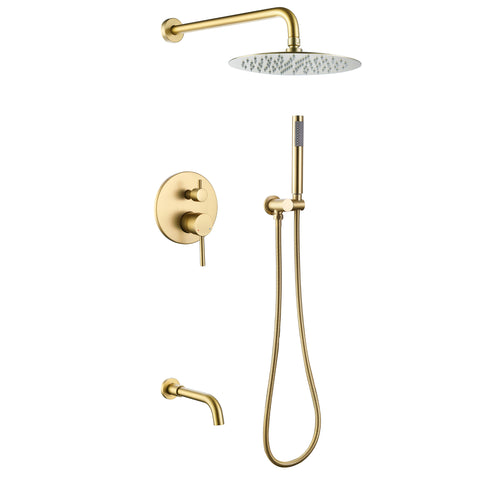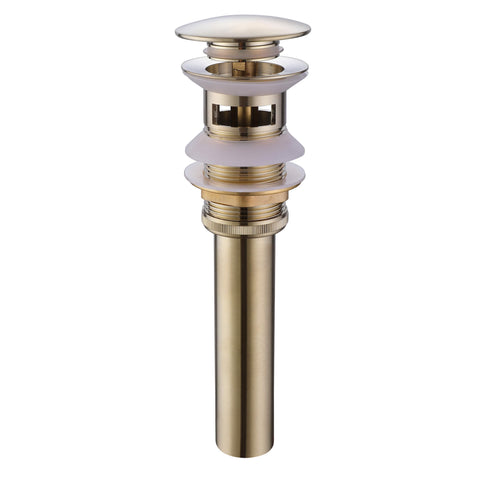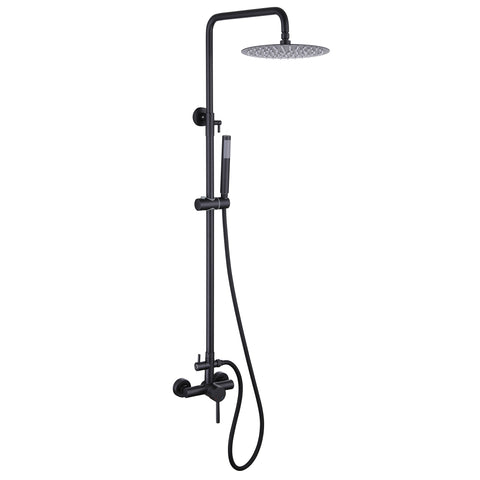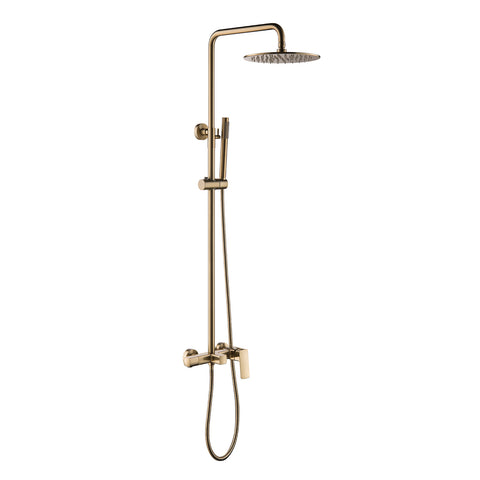Refresh Your Bathroom: A Complete Guide to Shower Faucet Replacement
Step 1: Gather the Necessary Tools and Materials
Before diving into the replacement process, it's crucial to assemble the required tools and materials. Here's a handy list to get you started:
- New shower system and trim kit
- Adjustable wrench
- Screwdriver (Phillips and flathead)
- Plumber's tape
- Pipe cutter or hacksaw
- Pliers
- Teflon tape
- Bucket or towel (for water collection)
- Rag or cloth
Step 2: Turn Off the Water Supply
Begin by turning off the water supply to your shower. Locate the main water valve in your home and shut it off. Afterward, open the existing faucet to release any remaining water in the pipes. It's a good idea to place a bucket or towel beneath the faucet to catch any dripping water.
Step 3: Remove the Old Faucet
To remove the old faucet, follow these steps:
1. Pry off the decorative cap on the faucet handle to access the screw beneath. Use a flathead screwdriver for this.
2. Remove the screw and pull off the handle.
3. Using an adjustable wrench, loosen and unscrew the retaining nut that holds the faucet cartridge in place.
4. Pull out the cartridge, ensuring you catch any water that may spill out.
5. Finally, detach any remaining parts such as the faceplate or trim with a screwdriver.
Step 4: Prepare for the New Faucet Installation
Before installing the new faucet, take the following steps:
1. Clean the area around the faucet opening thoroughly.
2. Wrap the plumber's tape around the threads of the shower arm to ensure a watertight seal.
3. If necessary, use a pipe cutter or hacksaw to trim the shower arm to the desired length.
Step 5: Install the New Faucet
Now comes the exciting part—installing the new faucet:
1. Insert the new cartridge into the shower faucet valve aligning it properly.
2. Use the retaining nut to secure the cartridge in place, tightening it with an adjustable wrench.
3. Attach the faceplate or trim using screws or clips provided in the new trim kit.
4. Install the new handle by reversing the steps used to remove the old one.
5. Tighten the handle securely to ensure proper functioning.
Step 6: Test the New Faucet and Make Adjustments
Once the installation is complete, turn the main water valve back on and test your new faucet. Check for any leaks or drips. If you notice any issues, turn off the water and make the necessary adjustments. Use pliers to tighten connections if needed, or reapply the plumber's tape to achieve a better seal.
Congratulations! You've successfully replaced your shower faucet and given your bathroom a refreshing upgrade. By following these step-by-step instructions, you've not only saved money on hiring a professional but also gained valuable DIY skills. Remember, each faucet installation might have its own unique steps, so consult the manufacturer's instructions included with your shower faucet for any specific guidelines. Enjoy your revitalized shower experience in your newly upgraded bathroom!












